Japan: The Vegetarian’s Handbook
Food is an extremely important component of Japanese culture. In fact, Japanese cuisine is one of the few food traditions recognized by the UN for its cultural significance.
All about simplicity, freshness and presentation, Japanese cuisine heroes seasonal ingredients and flavours. With rice at its center, the use of fermented foods such as miso, natto and soy sauce, and the incorporation of the unique fifth basic flavor, umami, Japanese food is truly unique. So if you’re a vegetarian in Japan, don’t miss out on one of the most important parts of Japanese culture – the food. Here are some vegetarian-friendly options for you to try out!
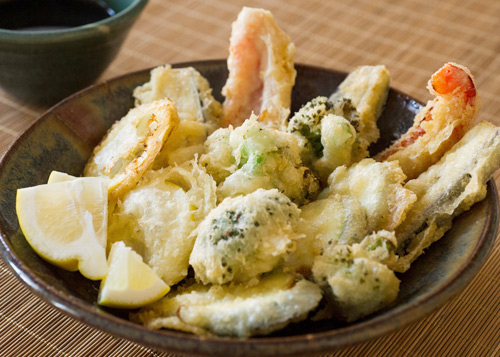
Tempura – Tempura is basically battered, deep fried vegetables. One of the easiest vegetarian Japanese foods to find, it always comes with lots of vegetable options like lotus, broccoli, capcicum, pumpkin, sweet potato, and much more. And what’s more? It is absolutely delicious!
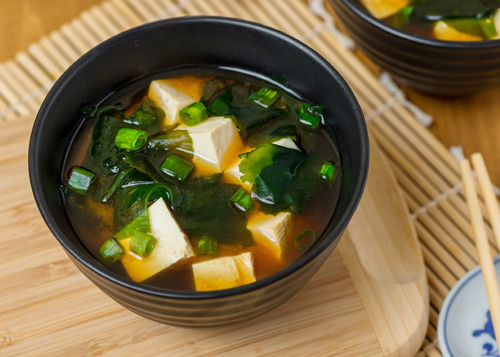
Miso Soup – Served with green onions and tofu (at most vegetarian restaurants) it is a part of every set meal, including breakfast. Careful while trying out Miso Soup at restaurants that serve non-veg food – it may contain dashi, which is a fish stock!

Okonomiyaki is a type of cabbage-based pancake cooked on a hotplate and served with a delicious sauce. As Okonomiyaki is always made-to-order, it allows you to avoid meat/fish while placing your order.
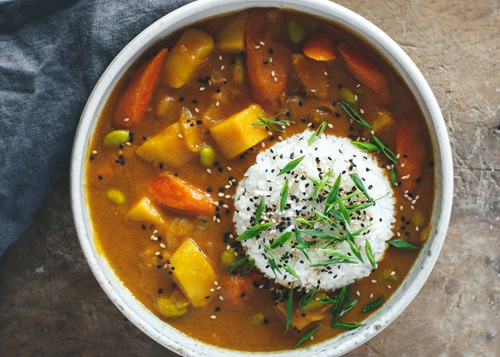
Japanese Curry – Japanese curries have a mild & spicy stew-like flavour. For entirely vegan curries, you can visit Japan’s largest curry chain – Coco Ichibanya and look for a range of different curries in the green vegetarian menu.
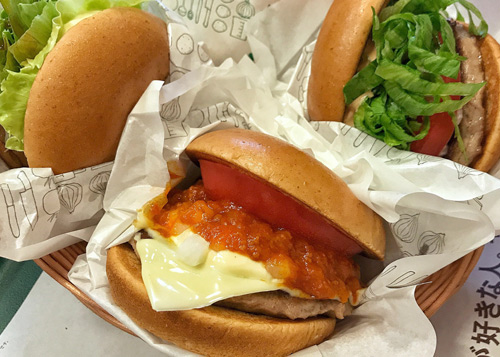
Mos Burger – Mos Burger is a healthy fast food chain. They have a number of vegetarian burgers on the menu which gives you the chance to grab a quick, yummy and filling bite when on the go.
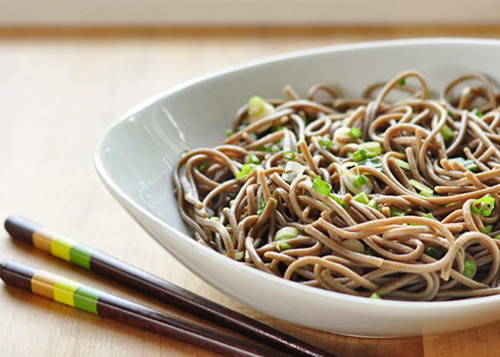
Soba/Udon Noodles – Noodles are either prepared in a broth, or in a bamboo basket with some condiments and dipping sauce. The broth will be made of dashi unless you’re at a vegetarian restaurant, so it’s probably best to stick to the basket – a style called zaru (or cold).
And finally, here are some tips to help you find vegetarian options around Japan:
#1 Google translate and print a vegetarian or vegan card in Japanese.
This will help you communicate your needs very easily since the term ‘Vegetarian’ isn’t very well understood in Japan.
#2 Be wary of Dashi – a fish stock used in almost all Japanese dishes. Instead, ask for vegetarian/vegan-friendly dashi – made from dried shiitake mushrooms. Though it’s less common, it may be available upon request.
#3 Get familiar with a chef at a restaurant close to where you stay. They are extremely hospitable, and will accommodate your requests if you just give them a call ahead of time.
#4 Learn to say a few things in the local language: “Watashi wa niku toh sakana wo tabemasen” – translates to “I do not eat meat or fish” and can save you when all else fails!
#5 If you’re stuck without any vegetarian Japanese options, look out for Italian/Indian restaurants that have vegetarian options.
So don’t let your food habits stop exploring everything Japan has to offer! Keep these tips in mind,
and you’re good to go.
Vidhya.R
A true experiential traveller at heart, Vidhya is a traveller to whom the little things matter most. For her travel is about that one chai stall she came across, run by a passionate old man full of life. It’s about the 2 little kids she shared a few laughs with, despite not speaking the same language at all! She started traveling at the age of 15, and there’s been no looking back!







